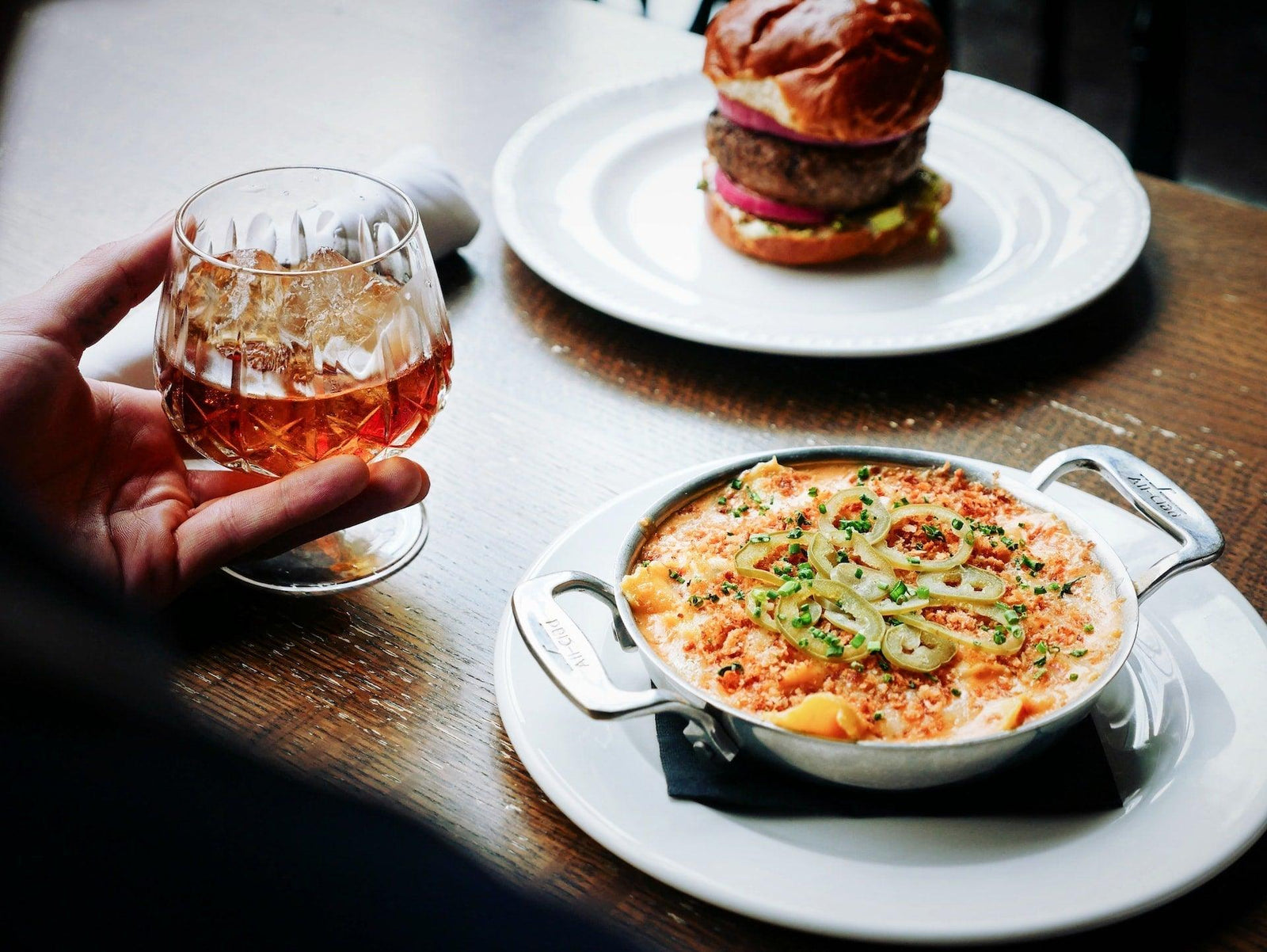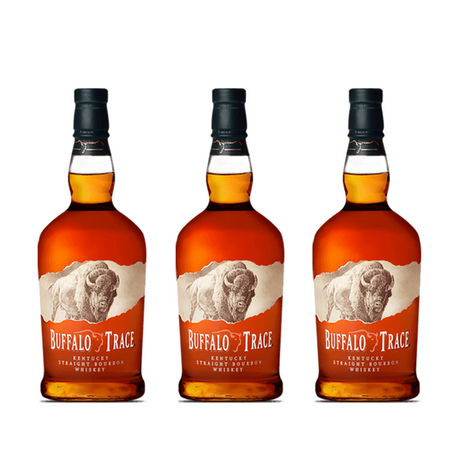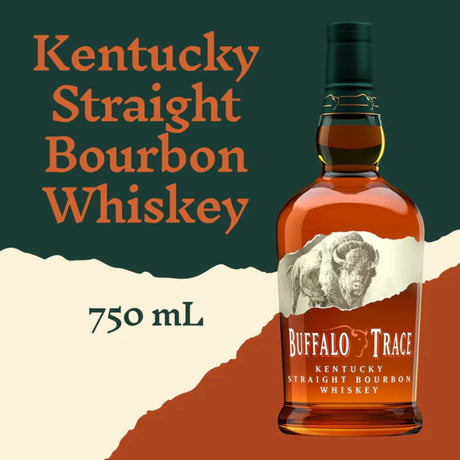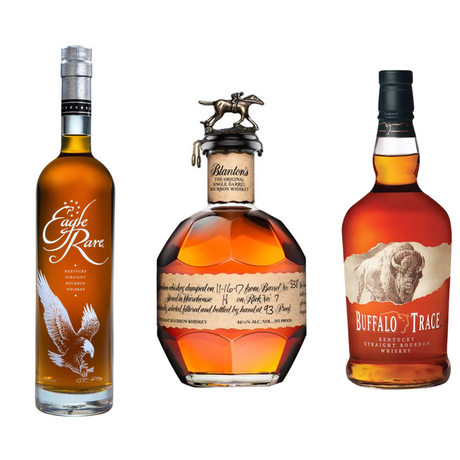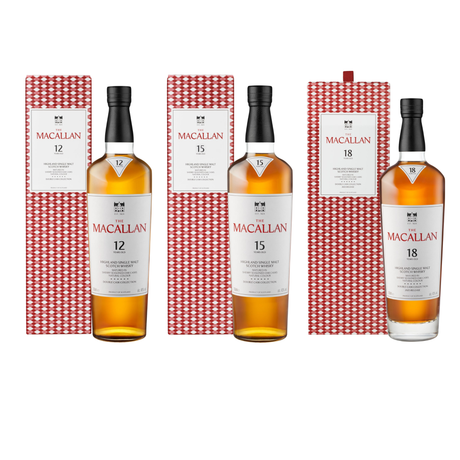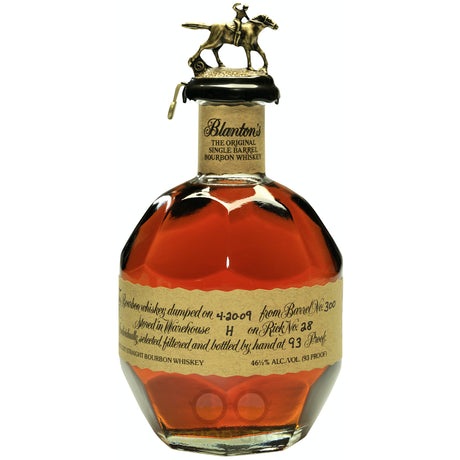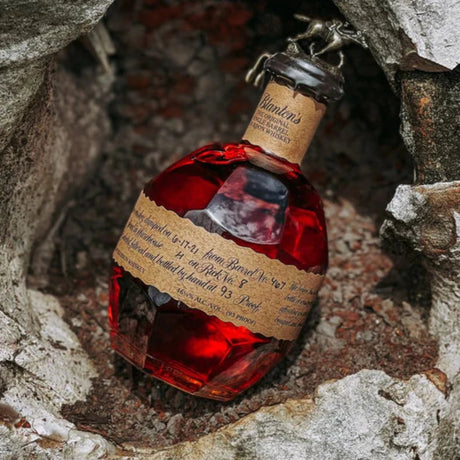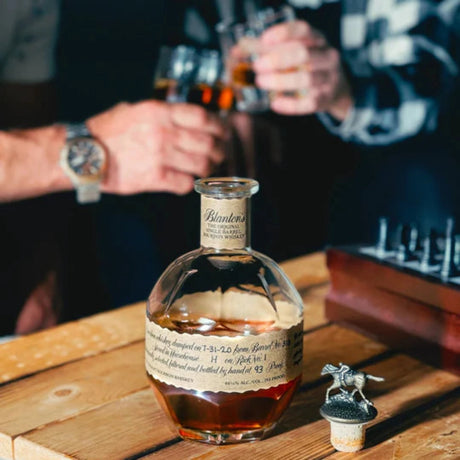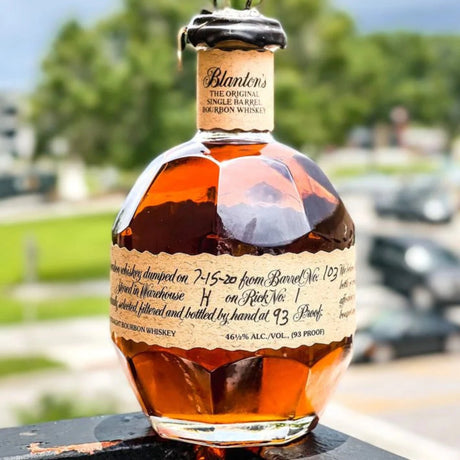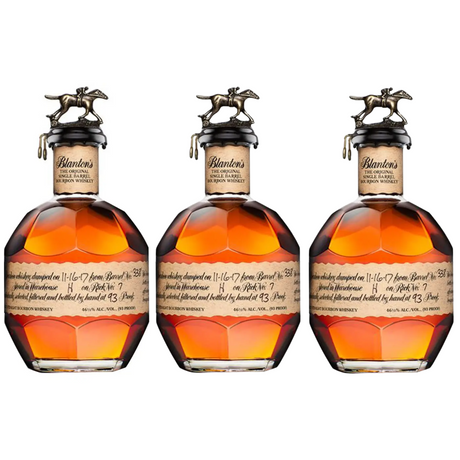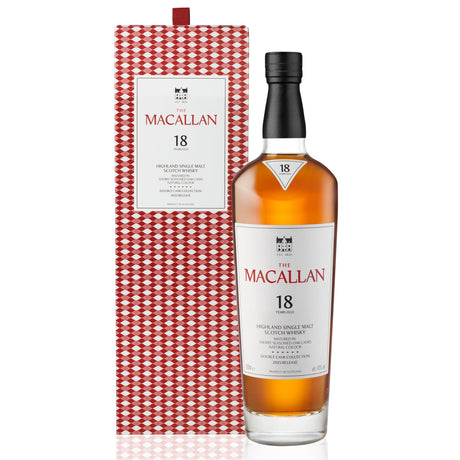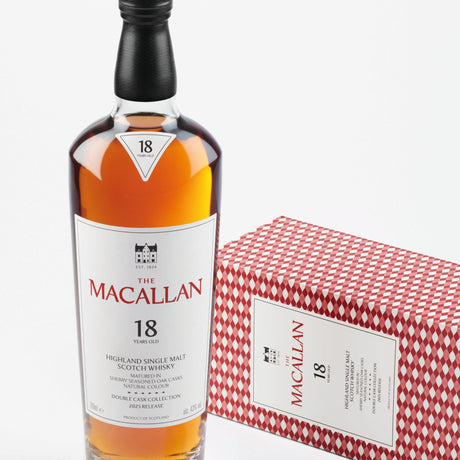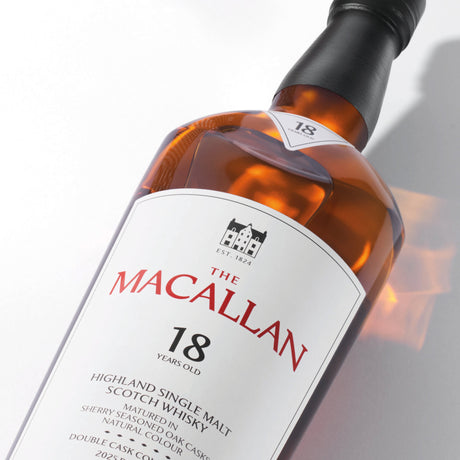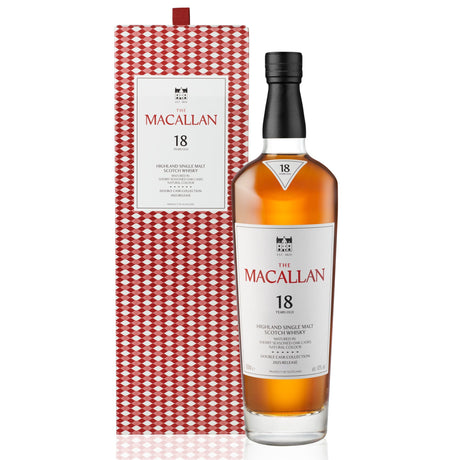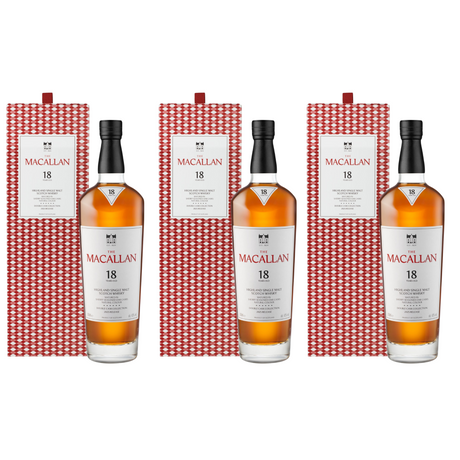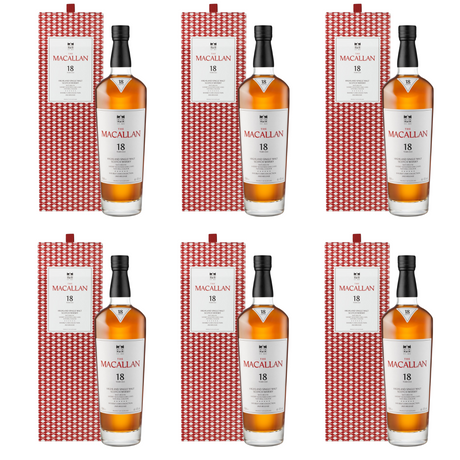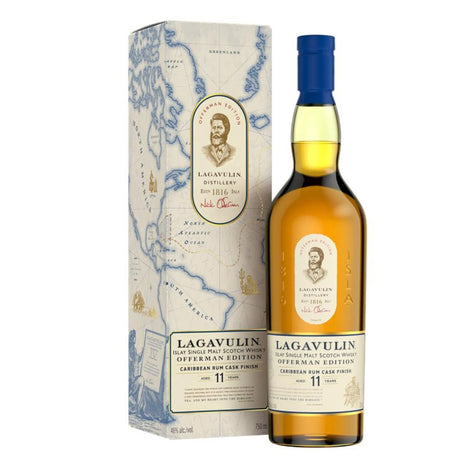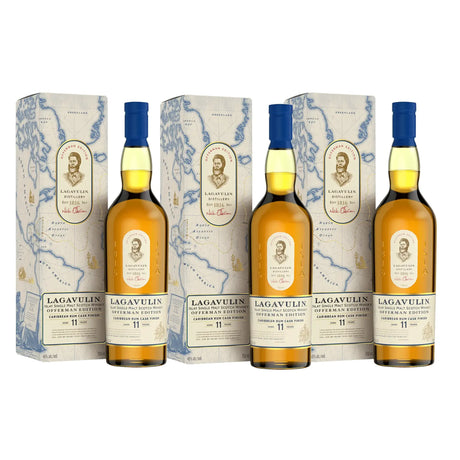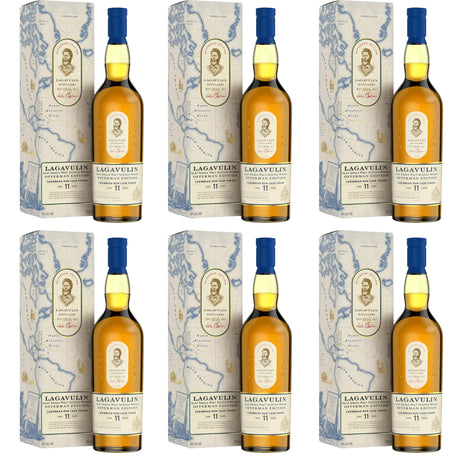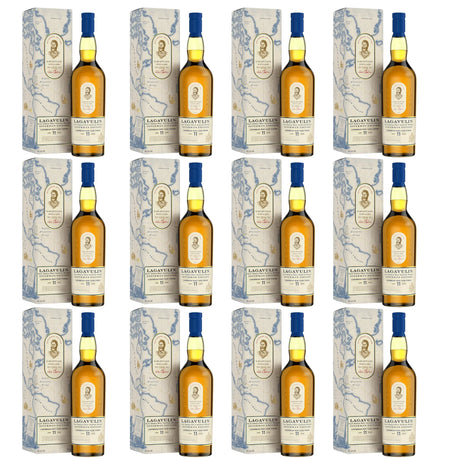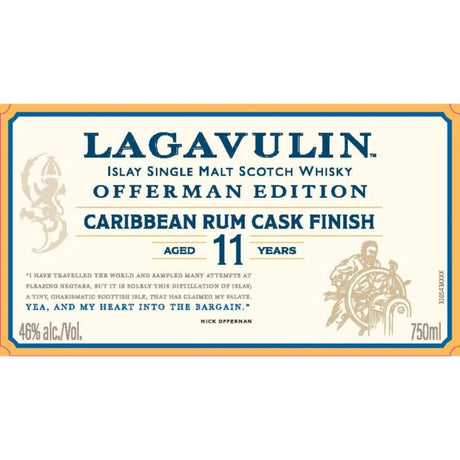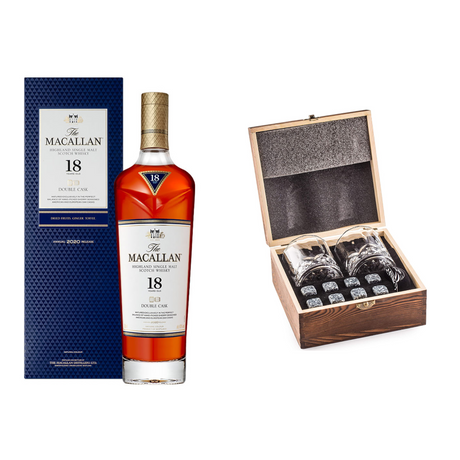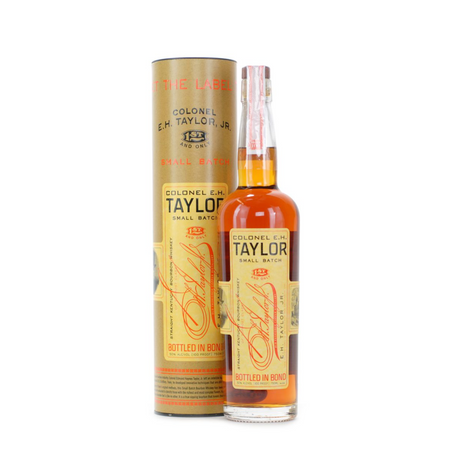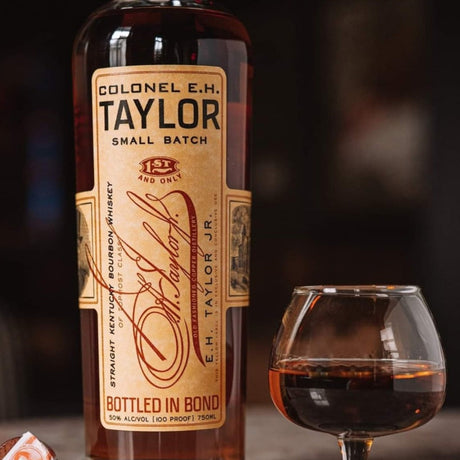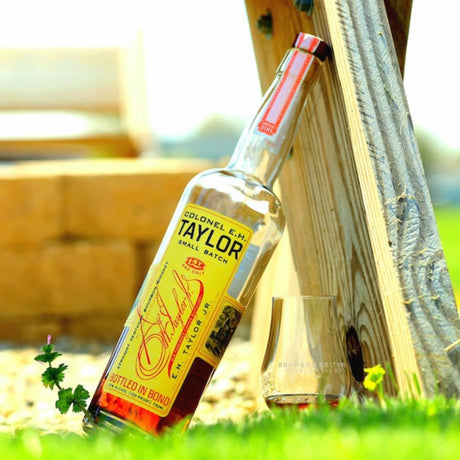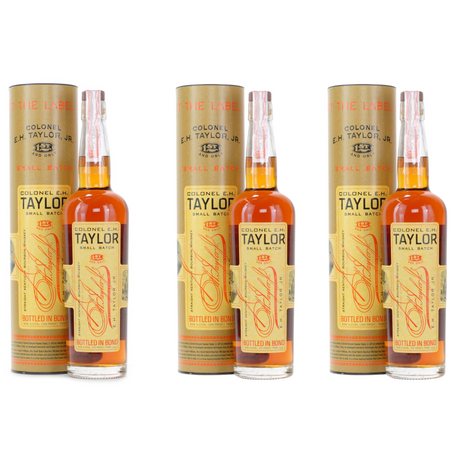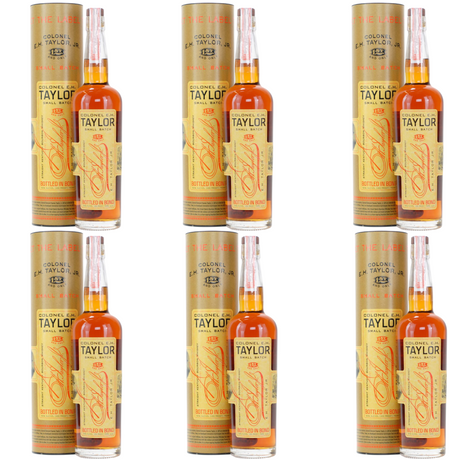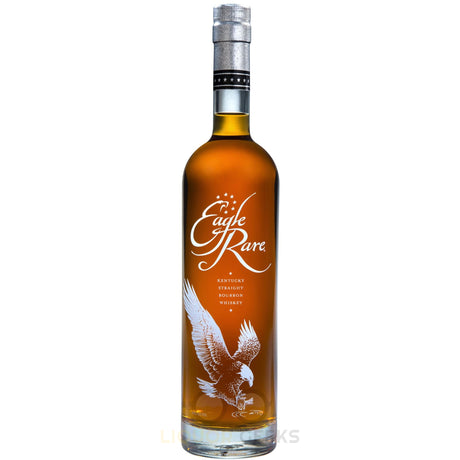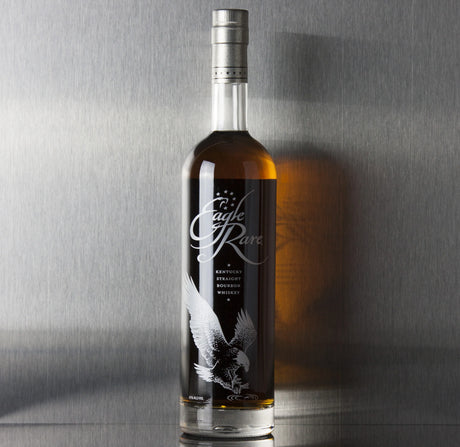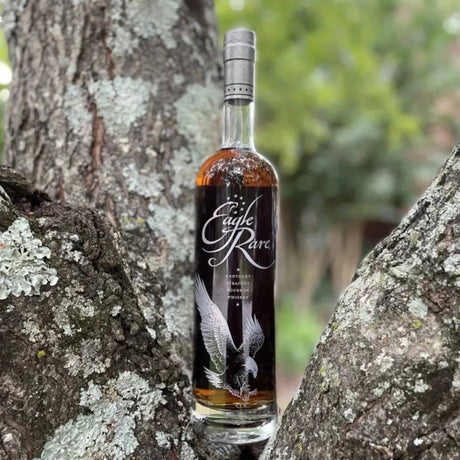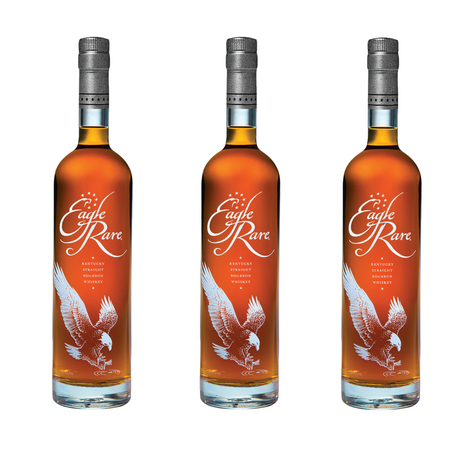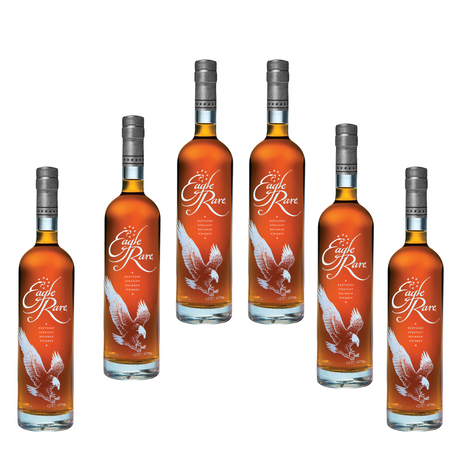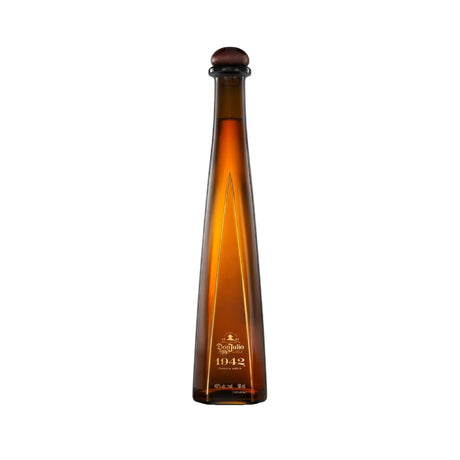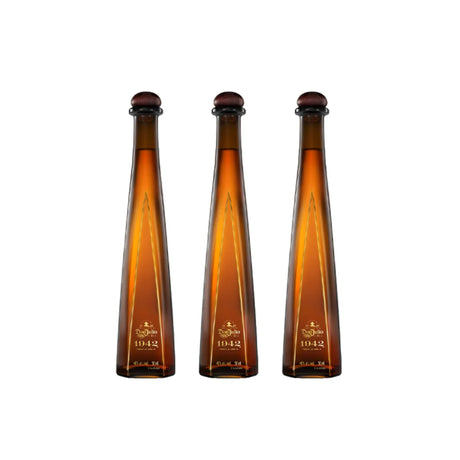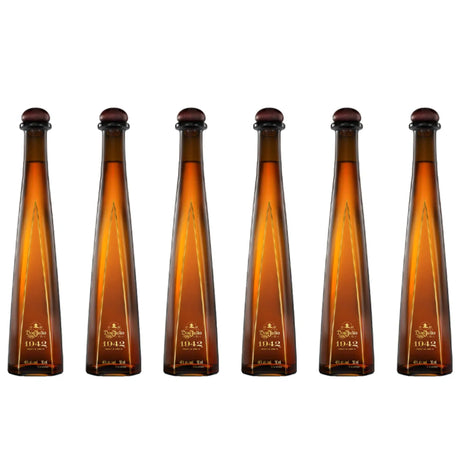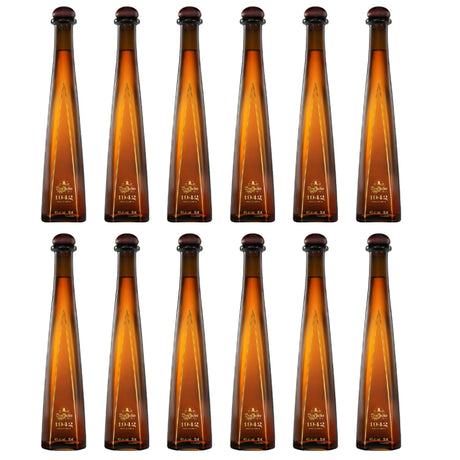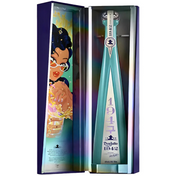Introduction
Whiskey and food pairing is a culinary adventure that brings out the best in both elements, creating a symphony of flavors. The complexities of whiskey, with its varied profiles and types, offer a rich landscape for experimentation. This ultimate guide will introduce the principles of pairing whiskey with food, delve into the best combinations for different whiskey types, and provide expert tips for hosting a memorable whiskey and food pairing event.
Understanding Whiskey Types and Flavors
Whiskey is a diverse spirit, with different types and flavors originating from various regions. The main types include:
- Scotch: Hailing from Scotland, Scotch whiskies often showcase peaty, smoky, fruity, or honeyed flavors, depending on the production process and region.
- Irish: Known for their smooth, triple-distilled character, Irish whiskies often feature spicy and fruity notes.
- Bourbon: This American whiskey, primarily made from corn, exhibits sweet and oaky flavors, with some high-rye Bourbons offering a spicier profile.
- Rye: Rye whiskey, made predominantly from rye grain, is known for its spicy and fruity character, with some variations offering more subtle nuances.
Understanding the flavor profiles of each whiskey type is essential for successful food pairings.
The Basics of Pairing Whiskey with Food
When pairing whiskey with food, consider three fundamental principles: complementing, contrasting, and enhancing flavors.
Complementing flavors involve selecting food and whiskey with similar taste profiles, creating a harmonious blend. For example, pairing a smoky Scotch with smoked salmon accentuates the smokiness in both elements.
Contrasting flavors focus on matching whiskey with food that has opposing characteristics, creating a balance. A sweet Bourbon can counterbalance the saltiness of blue cheese or cured meats.
Enhancing flavors occur when the whiskey and food elevate each other, revealing new dimensions in taste. A fruity Irish whiskey can highlight the fruitiness in a rich chocolate dessert.
Consider the whiskey's strength, flavor profile, and the food's richness when selecting pairings.
Best Food Pairings for Different Types of Whiskey
Scotch
- Peaty: Smoked salmon, strong blue cheese, and dark chocolate
- Smoky: Grilled meats, roasted vegetables, and aged Gouda
- Fruity: Fruit-based desserts, creamy cheeses, and prosciutto
- Honeyed: Caramelized nuts, brie, and honey-glazed ham
Irish
- Smooth: Creamy pasta dishes, roasted chicken, and mild cheeses
- Spicy: Spiced nuts, charcuterie, and chocolate-covered cherries
Bourbon
- Sweet: Caramel desserts, pecan pie, and maple-glazed bacon
- Oaky: BBQ ribs, smoked brisket, and sharp cheddar
- High-rye: Pickles, cured meats, and dark chocolate
Rye
- Spicy: Sausages, grilled peppers, and dark chocolate
- Fruity: Apple pie, apricot jam, and aged Gouda
Other whiskey types
- Japanese: Sushi, tempura, and matcha desserts
- Canadian: Poutine, maple-glazed salmon, and butter tarts
Expert Tips for Hosting a Whiskey and Food Pairing Event
- Plan your menu: Select a variety of whiskey types and complementary foods, considering guests' preferences.
- Prepare tasting portions: Offer small samples of each whiskey and food pairing to encourage exploration.
- Present pairings: Arrange the whiskey and food pairings in a logical order, such as starting with lighter flavors and gradually progressing to bolder ones. Provide tasting notes and information on each pairing to educate and engage your guests.
- Serving tips: Serve whiskey at room temperature in whiskey glasses, such as Glencairn or tumbler glasses, to enhance the tasting experience. Offer still water to cleanse the palate between tastings.
- Encourage discussion: Invite guests to share their thoughts and impressions of each pairing. This interactive element can enrich the experience and spark lively conversations.
- Experiment with pairings: Encourage guests to explore different whiskey and food combinations to discover unexpected and delightful flavor pairings.
Conclusion
Pairing whiskey and food is an exciting journey that unveils a world of tantalizing flavors. By understanding the principles of pairing, selecting the best combinations for different whiskey types, and hosting an engaging event, you'll create unforgettable experiences for your guests and deepen your appreciation of this versatile spirit.

